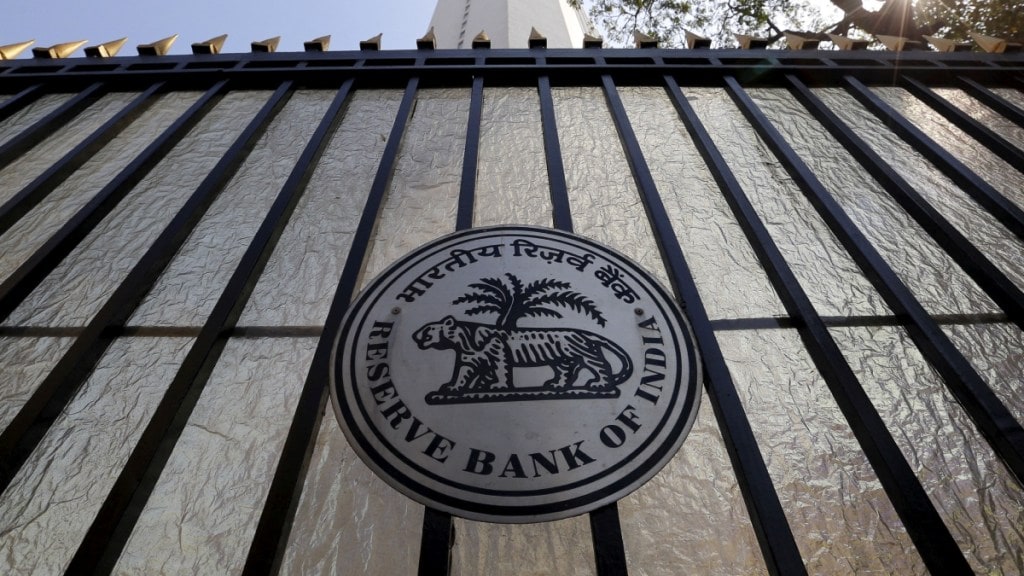The gross non-performing assets (GNPA) ratio of banks, which is already at a multi-year low, may further improve to 2.5% by March 2025 under the baseline scenario, according to the Financial Stability Report (FSR), released by the Reserve Bank of India (RBI). The GNPA of banks reached the 12-year low of 2.8% in March 2024, compared with 3.2% at the end of September 2023.
“The FSR highlights the strengthening of balance sheets of financial institutions with low levels of impairments, robust earnings and strong buffers that render the financial system resilient to shocks,” RBI governor Shaktikanta Das said in the report. “The results of stress tests demonstrate that capital levels of banks and non-banking financial companies (NBFCs) will remain above the regulatory minimum even under severe stress scenarios.”
In a medium stress scenario, the gross NPA ratio could remain flat at 2.8%, while in a severe stress scenario, it could worsen to 3.4%.
The sustained reduction in the GNPA ratio since March 2020 was primarily due to a persistent fall in new NPA accretions and increased write-offs, the FSR said.
“The Indian economy and the financial system remain robust and resilient, anchored by macroeconomic and financial stability. With improved balance sheets, banks and financial institutions are supporting economic activity through sustained credit expansion,” it said.
The results of stress test show that banks are well capitalised and capable of absorbing macroeconomic shocks even in the absence of any further capital infusion. Under the baseline scenario, the aggregate capital to risk-weighted assets ratio (CRAR) of 46 major banks is projected to slip from 16.7% in March 2024 to 16.1% by March 2025. It may go down to 14.4 % in the medium stress scenario and to 13% under the severe stress scenario, which is still above the minimum capital requirement.
“No SCB would breach the minimum capital requirement of 9% over a year ahead horizon,” the report said.
The CRAR and the common equity tier 1 (CET1) ratio of SCBs stood at 16.8% and 13.9 %, respectively, at end-March 2024, it said.
The RBI has expressed concerns over the sharp rise in private credit which is essentially provided by non-bank lenders to corporates. Private credit has grown fourfold over the last 10 years, emerging as a major source of corporate financing among middle-market firms that have low or negative earnings, high leverage and lack of high quality collateral.
“The rapid growth of private credit, increasing interconnectedness with banks and NBFIs and opacity can create vulnerabilities that could become systemic,” said the report.
NBFCs remain healthy, with CRAR at 26.6%, GNPA ratio at 4.0% and return on assets at 3.3% as on March 2024.
Banks’ credit has continued to expand owing to robust economic demand conditions and outlook, but primarily driven by services and personal loans. Deposits mobilisation is gathering pace, especially in the term deposit segment, noted the report.


